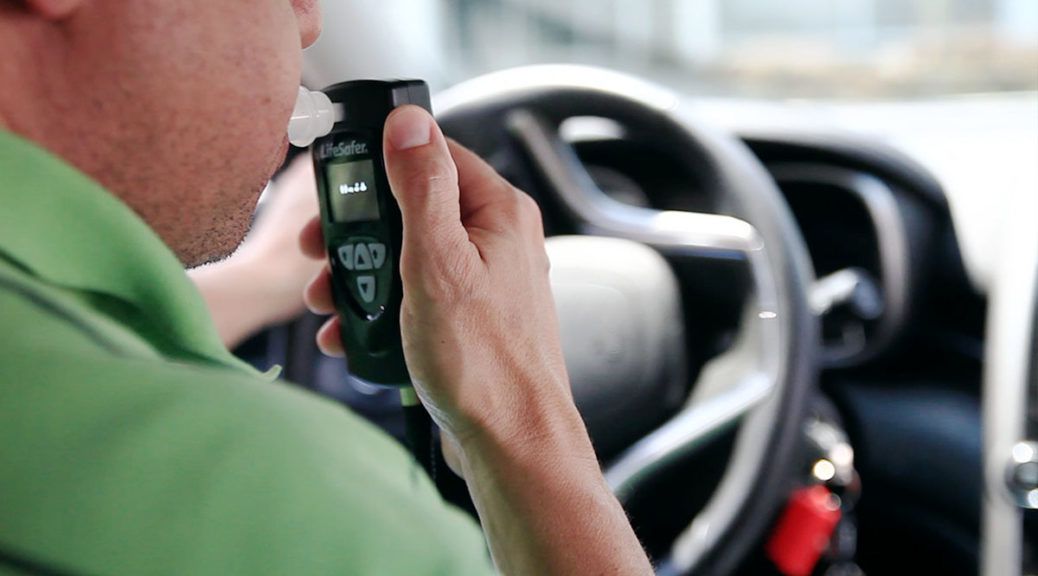Driving is an essential aspect of modern life, enabling us to commute to work, run errands, and connect with others. For those who have faced the consequences of driving under the influence (DUI) or driving while impaired (DWI), an interlock device can provide a path to regaining their driving privileges.

Image: www.bortelduidefense.com
An interlock device is a breathalyzer installed in a vehicle that prevents it from starting if alcohol is detected in the driver’s breath. This device acts as a safeguard against further impaired driving and ensures that the driver stays sober.
Navigating the Process of Getting an Interlock Device
The process of obtaining an interlock device varies from state to state and county to county. However, the following steps generally apply:
1. Meet with a Treatment Provider or Court-Ordered Evaluator
An evaluation by a certified treatment provider or court-ordered evaluator is typically required to determine if an interlock device is appropriate. They will assess your drinking history, current alcohol use, and potential substance use disorders.
2. Apply for a Restricted Driver’s License
After completing an assessment, you may apply for a restricted водительские права, which will allow you to drive with an interlock device installed in your vehicle.

Image: www.losangelesduiattorney.com
3. Install the Interlock Device
Find a certified interlock device installer who will install and calibrate the device in your vehicle. This typically involves connecting it to your ignition system and controlling its functions (i.e., requiring periodic breath samples, recording data, etc.).
4. Monitor and Maintain the Device
Once installed, you must regularly calibrate and service the interlock device as per the manufacturer’s guidelines. This may involve visiting a service center every 30-60 days for maintenance.
5. Complete the Interlock Program
The duration of the interlock program varies depending on state regulations and the severity of the offense. Once the program is completed, you may apply to have the device removed.
Expert Insights and Practical Tips
“Interlock devices have proven to be effective in reducing repeat DUI offenses and improving public safety,” says Dr. James Fell, a leading addiction expert.“They provide a structured and monitored approach to support drivers in their recovery journey.”
Here are some tips to make the interlock device process as smooth as possible:
- Be upfront with your treatment provider or evaluator about your alcohol use.
- Follow the instructions for using and maintaining the interlock device carefully.
- Enlist the support of friends, family, or a sponsor to encourage you during the program.
- Avoid drinking alcohol altogether while the interlock device is installed.
- Understand that completing the interlock program is about more than just regaining your driving privileges; it’s about making a commitment to sobriety and responsible driving.
How To Get An Interlock Device
Conclusion
Obtaining an interlock device can be a transformative step for those who have struggled with alcohol-impaired driving. By navigating the process responsibly and adhering to the requirements, individuals can reclaim their driving privileges, rebuild their lives, and ensure the safety of themselves and others on the road.
Remember, the journey towards responsible driving is an ongoing one. Embrace the interlock device program as an opportunity for growth and a reminder of the importance of making responsible choices behind the wheel.







